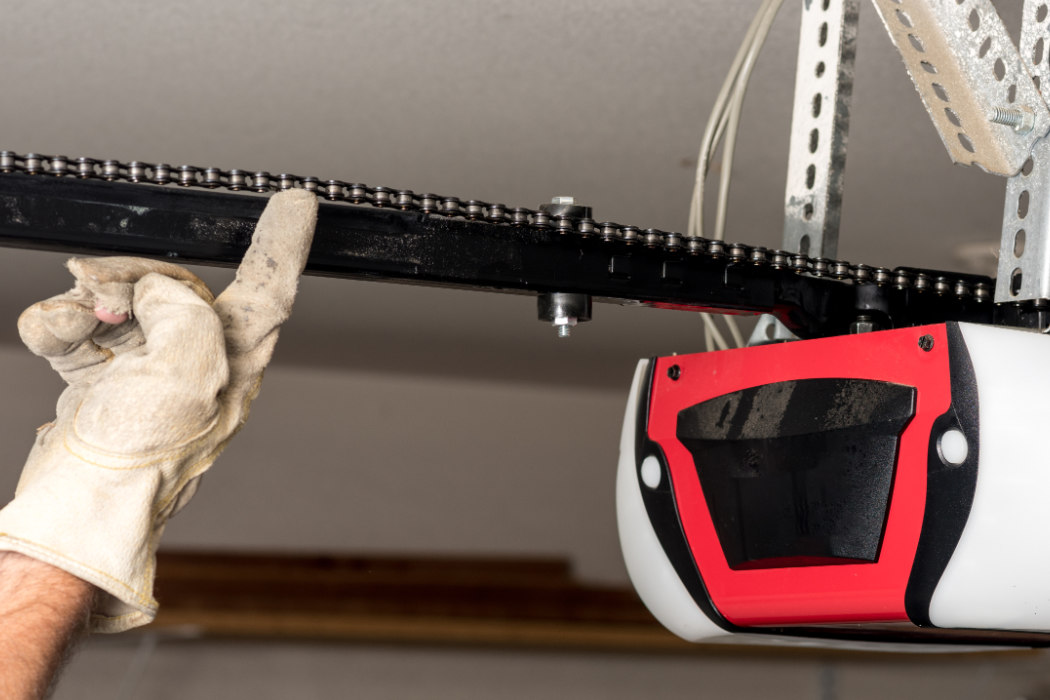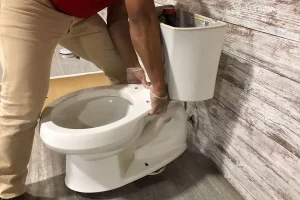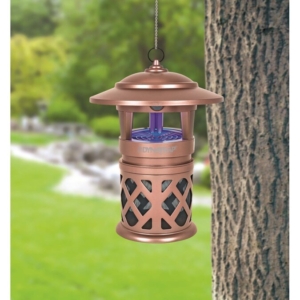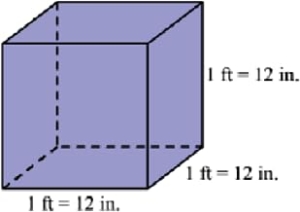Garage Door Repair: Ensuring a Smooth and Secure Entrance
Your garage door serves as a vital component of your home, providing security and convenience. However, like any mechanical system, it can experience issues over time. In this blog, we will explore the importance of garage door repair, common problems homeowners face, and the significance of timely repairs.
Understanding Garage Door Components
To effectively address garage door repairs, it’s crucial to understand the various components that make up the garage door system. This knowledge will enable you to diagnose and resolve issues efficiently, saving time and potentially expensive repairs. Let’s take a closer look at the key components of a typical garage door:
1. Panels:
Garage door panels are the large sections that make up the main body of the door. They can be made of various materials such as steel, aluminum, wood, or fiberglass. Panels can become damaged due to accidents, weather conditions, or regular wear and tear. If a panel is damaged beyond repair, it may need to be replaced.
2. Springs:
Garage doors use springs to counterbalance the weight of the door and make it easier to open and close. There are two main types of springs: torsion springs and extension springs. Torsion springs are mounted above the door, while extension springs are typically located on either side of the door. Springs are under high tension and can be dangerous to work with, so it’s recommended to seek professional assistance for spring repairs or replacements.
3. Cables:
Cables are an integral part of the garage door system. They work with the springs to lift and lower the door smoothly. Over time, cables can become frayed, worn, or even snap, resulting in door malfunctions. Inspecting the cables regularly and replacing them if any signs of damage are present is important.
4. Openers and Sensors:
Garage door openers provide the automation and convenience of operating the door with a push of a button. Openers consist of a motor, a drive system (such as a chain, belt, or screw), and controls. Safety sensors are another essential component of the opener system. They are typically installed near the ground on either side of the door, ensuring that the door doesn’t close if an object or person is detected in its path. If the opener or sensors are not functioning correctly, it can lead to operational issues and safety concerns.
5. Rollers:
Garage door rollers are the small wheels that allow the door to move smoothly along the tracks. Rollers can become worn out or damaged over time, leading to noisy and jerky door movements. Regular lubrication and periodic inspection of rollers can help maintain their functionality and prevent premature wear.
6. Tracks:
The tracks provide a guide for the garage door as it opens and closes. Over time, tracks can become misaligned, bent, or obstructed, causing the door to operate unevenly or get stuck. Inspecting the tracks for any damage and ensuring they are properly aligned is essential for smooth door operation.
7. Hinges:
Hinges connect the individual panels of the garage door, allowing them to flex and move as the door opens and closes. If hinges are rusted, bent, or loose, they can affect the overall functionality of the door. Regular inspection and lubrication of hinges can help maintain their proper operation.
By familiarizing yourself with these various components, you can better understand how they work together and identify potential issues. It’s important to remember that some repairs, such as spring replacements or opener repairs, should be handled by trained professionals due to the potential dangers. When in doubt, it’s always wise to consult a reputable garage door repair service to ensure the job is done safely and effectively.
Signs of Garage Door Problems
Recognizing the signs of a malfunctioning garage door is essential for maintaining its functionality and ensuring your safety. By paying attention to these indicators, you can address the problems promptly and prevent further damage. Here are some common signs to look out for:
1. Noisy Operation:
If your garage door has started making unusual or excessive noises during operation, it may indicate underlying issues. Grinding, squeaking, or scraping sounds could suggest problems with the rollers, tracks, or hinges. These issues can arise due to lack of lubrication, worn-out components, or misalignment. Ignoring these noises can lead to more significant damage over time.
2. Slow or Uneven Movement:
A properly functioning garage door should move smoothly and evenly along the tracks. If you notice that your door has become slower than usual or if it moves jerkily or unevenly, it could be a sign of underlying issues. This may indicate problems with the springs, cables, or track alignment. It’s important to address these issues promptly to prevent further damage and ensure the door operates safely.
3. Difficulty Opening or Closing:
If you experience difficulty in opening or closing your garage door, it’s a clear sign that repairs are needed. This could be due to worn-out springs, damaged cables, misaligned tracks, or problems with the opener. Avoid forcing the door to operate, as it can lead to more severe damage or even accidents. Seek professional assistance to diagnose and fix the underlying cause.
4. Damaged Panels:
Visible damage to the garage door panels, such as dents, cracks, or warping, not only affects the door’s aesthetics but also its functionality. Damaged panels may compromise the door’s structural integrity and security. It’s important to address panel issues promptly to prevent further damage and ensure the door operates as intended.
5. Opener Issues:
If you’re experiencing problems with your garage door opener, such as it not responding to commands from the remote control or keypad, it may indicate issues with the opener itself or its components. Faulty wiring, sensor misalignment, or worn-out gears could be the culprits. In some cases, opener issues may be resolved through troubleshooting steps outlined in the manufacturer’s manual. However, complex problems or recurring issues may require professional assistance.
6. Malfunctioning Safety Features:
Garage doors are equipped with various safety features, including photoelectric sensors and auto-reverse mechanisms, to prevent accidents and injuries. If these safety features are not working correctly, it poses a significant risk to you and your family. Test the functionality of the safety sensors periodically by placing an object in the door’s path. If the door doesn’t reverse or if the sensors fail to detect the object, immediate repairs are necessary to ensure safe operation.
By being vigilant and observant, you can catch these signs of a malfunctioning garage door early on. Promptly addressing these issues by seeking professional garage door repair services will not only save you from costly repairs in the long run but also ensure the safety and security of your home. Remember, it’s always better to address garage door problems sooner rather than later to prevent further damage and potential safety hazards.
DIY vs. Professional Repairs
While homeowners can undertake minor repairs, assessing the complexity and potential risks is crucial. Weigh the benefits of DIY repairs, such as cost-saving and personal satisfaction, against the advantages of hiring a professional for their expertise, safety considerations, and long-term solutions.
Common Garage Door Repairs
Explore the most frequent issues homeowners encounter with their garage doors and the recommended repairs:
– Replacing broken springs: Understanding the different types of springs and how to safely replace them.
– Repairing or replacing damaged panels: Assessing the severity of panel damage and determining if repair or replacement is necessary.
– Fixing misaligned or damaged tracks: Steps to realign or replace tracks for smooth door operation.
– Lubricating and maintaining rollers and hinges: The importance of regular maintenance to prevent wear and tear.
– Adjusting tension on cables: Safely adjusting cable tension for proper door balance.
– Troubleshooting opener issues: Common problems with openers and how to troubleshoot them effectively.
Garage Door Repair Costs
The cost of garage door repair can vary depending on several factors, including the type of repair needed, the extent of the damage, the location, and the specific garage door repair service you choose. Here are some common garage door repairs and their estimated costs:
1. Spring Replacement: The cost of replacing garage door springs can range from $150 to $350. This includes both the cost of the springs themselves and the labor involved in replacing them. Torsion springs are generally more expensive to replace than extension springs.
2. Panel Replacement: The cost of replacing a single garage door panel typically ranges from $200 to $600, depending on the material, size, and complexity of the panel. If multiple panels need replacement, the cost can increase accordingly.
3. Track Repair or Replacement: Repairing or replacing misaligned or damaged tracks can cost between $150 and $300. This includes the cost of new tracks, labor, and any additional materials required.
4. Opener Repair: The cost of repairing a garage door opener can range from $100 to $300, depending on the specific issue. Minor repairs, such as replacing gears or sensors, are generally less expensive than major repairs or opener replacements.
5. Roller or Hinge Replacement: The cost of replacing garage door rollers or hinges typically ranges from $100 to $200, including parts and labor.
It’s important to note that these are general cost estimates, and actual prices may vary. Additionally, emergency or after-hours repairs may incur additional fees. To get an accurate cost estimate for your specific garage door repair needs, it’s best to contact local garage door repair services and request quotes. They will assess the specific issue and provide you with a detailed breakdown of the costs involved.
Choosing a Reliable Garage Door Repair Service
Choosing a reputable repair service is crucial when it comes to garage door repairs that require professional assistance. Working with a reliable and trustworthy company ensures that the repairs are done correctly and efficiently, giving you peace of mind. Here are some essential steps to help you select the right garage door repair service:
1. Research Local Companies:
Start by researching local garage door repair companies in your area. Look for businesses with a strong presence and positive reputation. You can use online search engines, directories, or ask for recommendations from friends, family, or neighbors who have recently had their garage doors repaired.
2. Evaluate Reputation:
Once you have a list of potential companies, evaluate their reputation. Read online reviews and ratings from trusted sources such as review websites, social media platforms, and Google reviews. Pay attention to feedback regarding the quality of their work, professionalism, and customer service. A company with consistently positive reviews is likely to provide reliable service.
3. Verify Licenses and Certifications:
Ensure that the garage door repair service you’re considering has the necessary licenses and certifications to operate in your area. This step helps protect you from unqualified or unscrupulous technicians. You can usually find license and certification information on the company’s website or by contacting them directly. Don’t hesitate to ask for proof of their credentials.
4. Compare Quotes:
Contact multiple repair services and request detailed quotes for the required repairs. Compare the prices, taking into consideration the scope of work, parts, and labor involved. However, be cautious of unusually low quotes as they may indicate subpar quality or hidden costs. Strike a balance between affordability and quality of service.
5. Assess Customer Service and Warranty Options:
Evaluate the level of customer service provided by each company. Are they responsive, professional, and courteous in their communication? Do they provide transparent information and answers to your questions? Additionally, inquire about their warranty policies for the repairs. A reputable company should offer reasonable warranties on both parts and labor, giving you confidence in their workmanship.
6. Seek Recommendations:
If possible, reach out to previous customers of the repair services you are considering. Ask about their experience with the company, the quality of repairs, and overall satisfaction. Personal recommendations can provide valuable insights into the reliability and professionalism of the repair service.
Preventive Maintenance Tips
Taking proactive steps to maintain your garage door is crucial for extending its lifespan and minimizing the need for repairs. By implementing regular maintenance practices, you can keep your garage door operating smoothly and efficiently. Here are some essential steps to include in your garage door maintenance routine:
1. Regular Inspections:
Perform visual inspections of your garage door system at least once every few months. Look for any signs of wear, damage, or misalignment. Check the panels, springs, cables, rollers, tracks, hinges, and opener for any issues. If you notice any problems, such as rust, frayed cables, or loose hardware, address them promptly.
2. Cleaning:
Regularly clean your garage door and its components to remove dirt, debris, and built-up grime. Use a mild detergent or garage door cleaner and a soft cloth or sponge. Pay special attention to the tracks, ensuring they are free of obstructions. Avoid using abrasive cleaners or harsh chemicals that could damage the door’s finish.
3. Lubrication:
Proper lubrication is essential for the smooth operation of your garage door. Apply a silicone-based or lithium-based lubricant to the rollers, hinges, springs, and other moving parts. Lubricate these components at least once or twice a year, or as recommended by the manufacturer. Be sure to clean off any excess lubricant to prevent accumulation of debris.
4. Safety Feature Testing:
Test the safety features of your garage door regularly to ensure they are functioning correctly. This includes the auto-reverse feature, which should cause the door to stop and reverse if it encounters an obstruction. Place a small object, such as a block of wood, in the door’s path and activate the door. If it doesn’t reverse or stops and immediately reverses, contact a professional for repairs.
5. Timely Replacement of Worn-out Components:
Components of your garage door system, such as springs, cables, and rollers, will eventually wear out and need replacement. Keep track of the age and condition of these parts. If you notice signs of wear, damage, or reduced functionality, have them replaced promptly by a professional technician. This proactive approach can prevent more extensive damage and costly repairs.
6. Professional Maintenance:
Consider scheduling professional maintenance for your garage door system. Garage door professionals have the expertise to thoroughly inspect, tune-up, and maintain your door. They can identify and address any potential issues before they become major problems. Professional maintenance is especially beneficial if you lack the knowledge or time to perform comprehensive maintenance yourself.
Summary
Maintaining a properly functioning garage door is essential for the security and convenience of your home. By understanding its components, recognizing signs of problems, and knowing when to undertake DIY repairs or hire professionals, you can ensure a smooth and secure entrance. Remember to prioritize preventive maintenance to minimize future issues and keep your garage door operating flawlessly for years to come.








